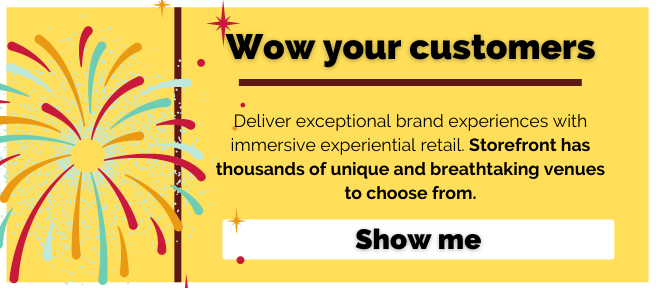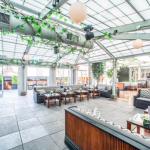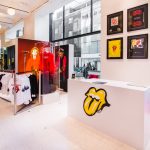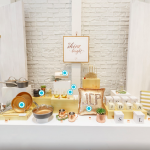The best way for e-tailers to bridge the gap between their online presence and committing to a permanent brick and mortar store is to pop-up, whether it be through an event to gain publicity or a store to engage directly with the public. A pop-up shop generates excitement and a sense of urgency in a way that establishing a permanent store cannot compete with, and pop-up stores cost 80% less to launch than a full time store.
Pop-up events and stores are ideal for e-commerce brands because they help increase your visibility, generate buzz about your brand and provide an experience that cannot be replicated in a permanent retail store or online. Due to this, they are the perfect way to reach a bigger potential customer base than you could with your online store alone and position yourself as a market leader.
Luckily, if you are an e-tailer who is uncertain how to effectively use a pop-up event or store to make yourself stand out, some e-commerce retailers shve already used pop-up stores to develop their brand. By using these pop-up shops as templates for your own, you too can get ahead of the competition!
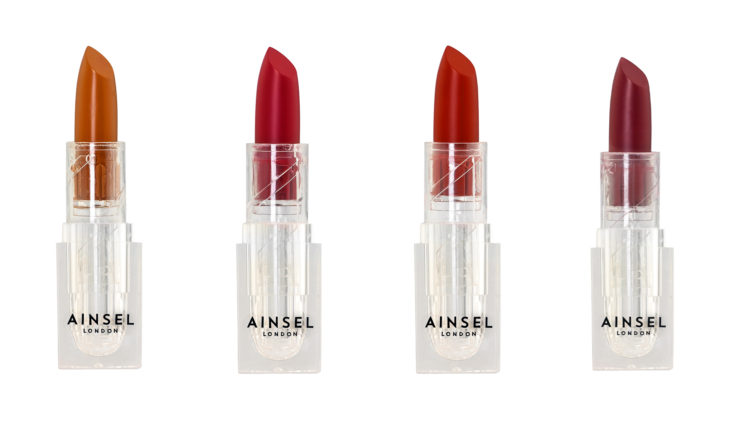
- AiNSEL
AiNSEL wants to disrupt the idea that women need a vast array of cosmetic products. Not only do they want women to have products that they actually use and save space in their handbags, they also care about the environment. They argue that as over 30% of landfill waste comes from cosmetics, it’s not just a matter of convenience to have as few products as possible, but one of social responsibility too.
To set themselves apart from other cosmetics brands and help spread their message of minimal waste, they launched the Lip Lap in their London pop-up shop. Here, the customer could choose their own lipstick shade and watch it be constructed in fifteen minutes. This way the customer got the exact product they wanted and no excess waste was generated in the process.
The AiNSEL pop-up store helped them stand out from the competition because it was unique, immersive, and reinforced their brand identity. Their process of making the lipsticks to order, and offering refills of the lipstick case with a 20% discount provided a great deal for the customer and established that their attention to detail was unique to their brand. They also helped include the customer in the process by letting them watching the lipstick being constructed and educating them about the wasteful nature of the cosmetics industry.
With the brand communicating in a way they simply couldn’t online, they engaged customers on a personal level and were able to stand out from other online retailers.
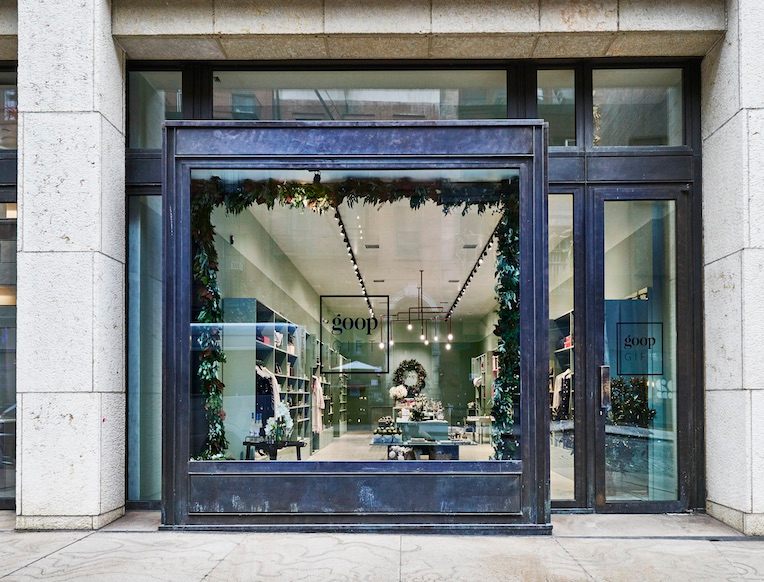
- Goop
Gwyneth Paltrow’s lifestyle brand is best known for the unconventional life advice it offers first, and as an e-tailer second. Seeking to redress this balance, Goop’s pop-up stores sought to highlight the strength of its products and values rather than the headlines it generates.
While a lot of lifestyle sites create Christmas wish list guides, Goop went the extra step and created a pop-up shop where you could buy the products directly from their wishlist. The New York pop-up store didn’t just offer just great products, but also exclusive services such as hand calligraphy and personalized gift wrapping. Goop enthusiasts could therefore get the perfect gifts and make them extra special all in one place.
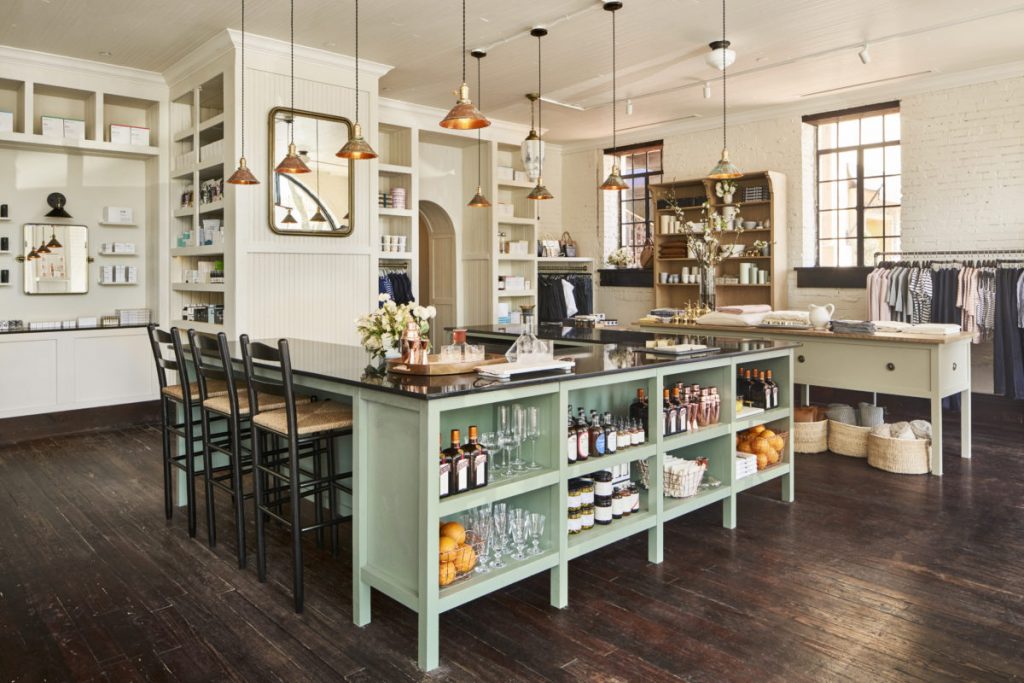
Its Dallas pop-up store also helped them stand out by furthering the identity of the brand. The clean, minimalistic setup of the pop-up reflected the brand’s focus on simplicity and wellness. Not only was there a test kitchen serving recipes from Gwyneth Paltrow’s cookbooks, but Paltrow was there too to sign books and meet people at the pop-up store.
Not only has Goop harnessed the celebrity power of its founder, but it has also translated itself into a physical space without losing its identity.
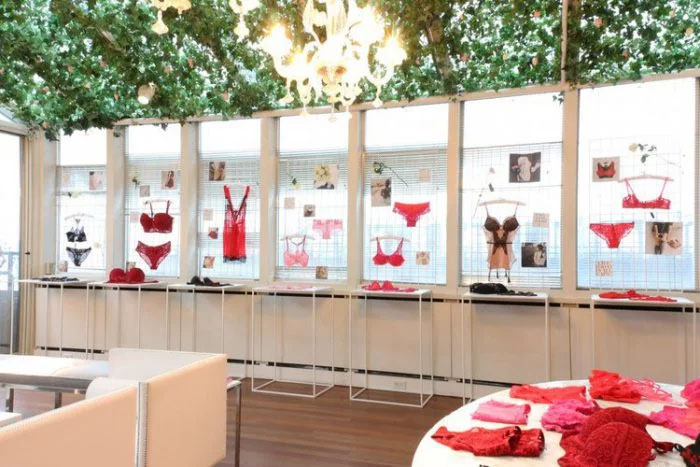
- Adore Me
Lingerie brand Adore Me recently spoke to Storefront about how using pop-up stores helped them decide to establish physical stores. They saw a real benefit to having a physical location where the customer could “touch, try or feel the product” before purchasing it, something their online only competitors could not offer.
Adore Me understands that while online shopping is convenient, it doesn’t offer much in the way of an experience. Therefore, to engage with their customers, they held a 9 hour long photo shoot and made a selfie wall for customers. To maximize the use of space in the pop-up store, there was no products sold but instead there were discount codes on offer to be redeemed online.
This pop-up store was the perfect example of how providing an experience can improve your relationship with your customer and drive online sales. Adore Me recognized the disadvantages of online shopping and compensated for them in a pop-up environment, therefore establishing themselves as the an innovative e-tailer.
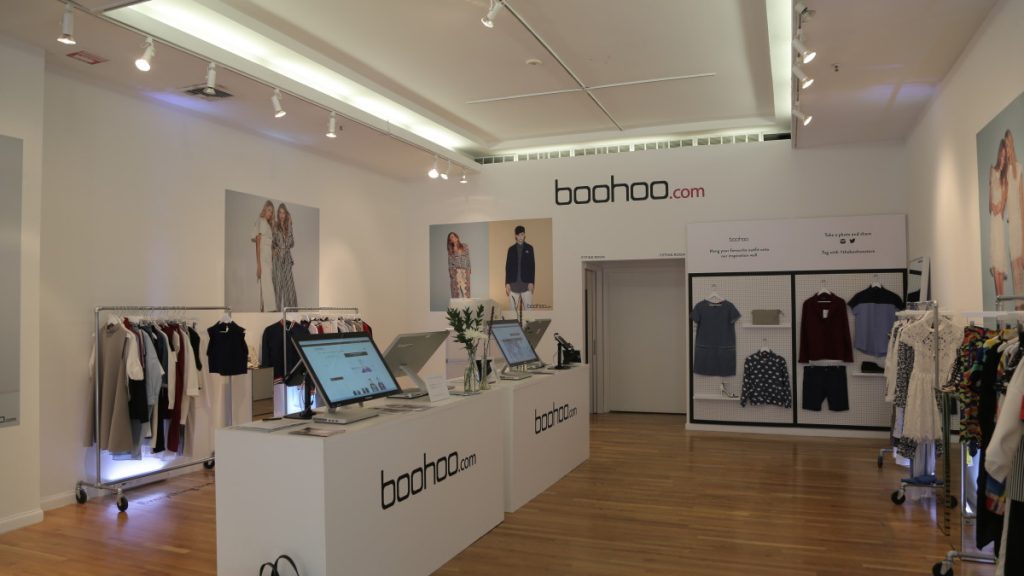
- Boohoo
When British retailer Boohoo wanted to learn more about the US market, they used a pop-up store not just to increase brand visibility but also as market research. They recognized that the US market was a saturated one for clothing retailers, and therefore used a pop-up shop to help them establish their niche.
To get people talking about their brand and posting on social media, they created a shoppable showroom where customers could try on looks, and post them to social media. A record of the looks they tried on was kept by the brand, and on the last day customers claimed the outfits that they tried, using the hashtag #theboohoostore.
Not only was this an ingenious way of guaranteeing social media exposure from their pop-up shop, it was the perfect opportunity to gather data on fashion trends and the demographic of shoppers interested in Boohoo.
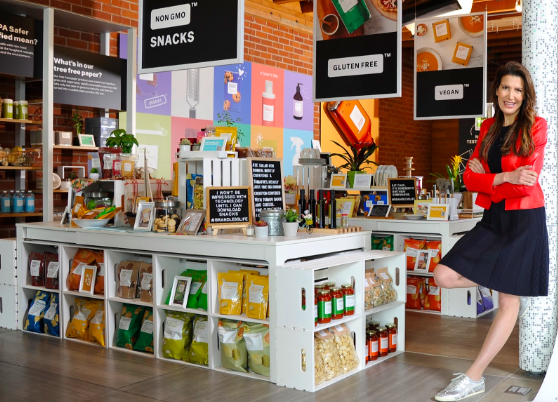
- Brandless
Brandless used their recent pop-up shop to grow their business, experiment with physical stores and create a sense of community. Instead of selling products in-store, the brand gave out samples with QR codes that could be scanned which would take them to the online store to shop and would later have the products delivered to their address.
The pop-up sought to engage with the local community not just by running the pop-up shop but by giving them something to be interested in. During regular opening hours, anyone could access the pop-up space, but during set times it would close to the public for live streamed events, which could be witnessed first hand in exchange for $9, the proceeds of which would go to charity.
These pop-up stores helped each e-commerce brand get ahead by having a clear sense of purpose and a focus on experience and engagement over sales. These online retailers took note of the advantages of a physical store, from being able to sample products, to interacting with customers and having the ability to host special events. However they still made sure to refer customers back to their online store, therefore bridging the gap between their online and physical presence.
Find the perfect space for your pop-up event
- 3 Communication Tips to Steal from Brands Who Launched a Pop-Up Store - October 4, 2018
- 4 Brands Who Launched a Christmas Pop-Up Store - September 25, 2018
- 5 Brands Cashing in on Halloween Pop-Up Stores - September 11, 2018

